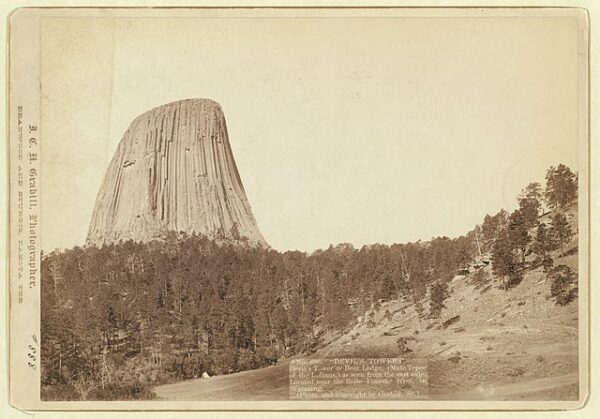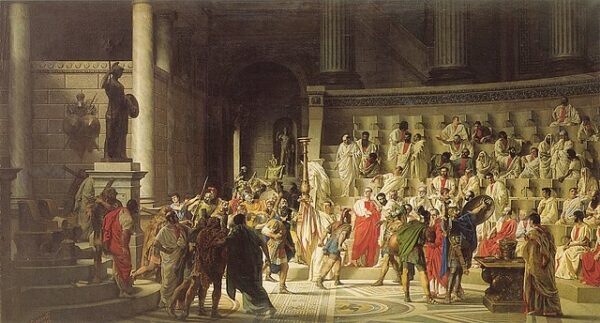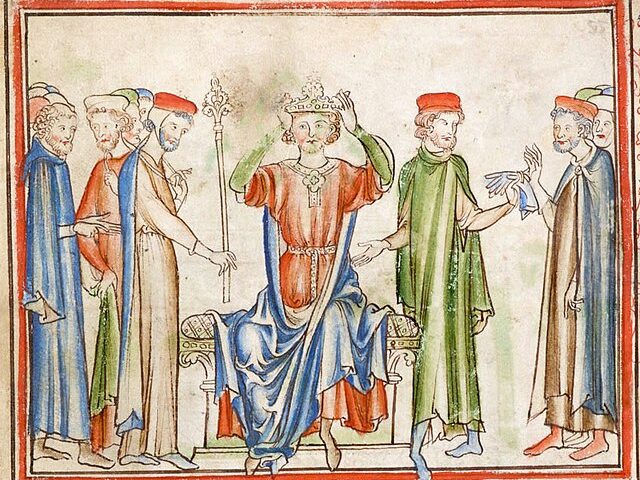On September 24, 1906, President Theodore Roosevelt made a historic proclamation that forever changed the way America conserves its natural beauty. On that day, the president declared Devil’s Tower, a stunning geological wonder located in northeastern Wyoming, to be the first national monument in the United States.
Theodore Roosevelt, often regarded as a champion of conservation, played a pivotal role in preserving the nation’s natural treasures for future generations.
The decision to proclaim Devil’s Tower a national monument reflected Roosevelt’s unwavering commitment to conservation and environmental preservation. At the turn of the 20th century, America’s natural landscapes were under increasing threat from industrialization and development. Roosevelt recognized the urgency of protecting these unique geological formations, and his proclamation set a precedent for the conservation of other natural wonders across the country.
Devil’s Tower, a striking monolith of igneous rock that rises dramatically from the surrounding landscape, had long been a sacred site for Native American tribes like the Lakota Sioux and the Cheyenne. Roosevelt’s proclamation acknowledged the cultural significance of the site, showing his respect for the indigenous peoples’ connection to the land and their heritage.
Roosevelt’s commitment to conservation extended beyond Devil’s Tower, as he went on to establish several national parks, forests, and monuments during his presidency. His dedication to preserving America’s natural beauty laid the foundation for the modern conservation movement and inspired generations of leaders and citizens to protect the nation’s natural heritage.
Today, Devil’s Tower National Monument stands as a testament to Theodore Roosevelt’s vision and legacy. Visitors from around the world come to marvel at its unique geology, appreciate its cultural significance, and reflect on the importance of preserving our natural wonders. Thanks to Roosevelt’s proclamation, this iconic site remains a symbol of America’s commitment to conservation and the enduring legacy of one of its greatest conservationist presidents.






